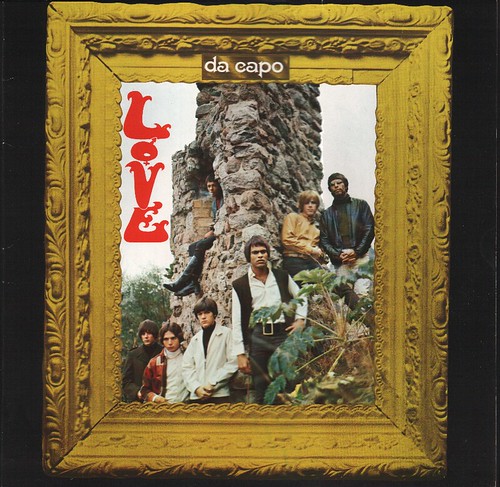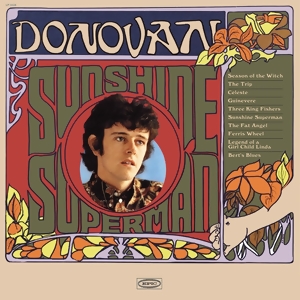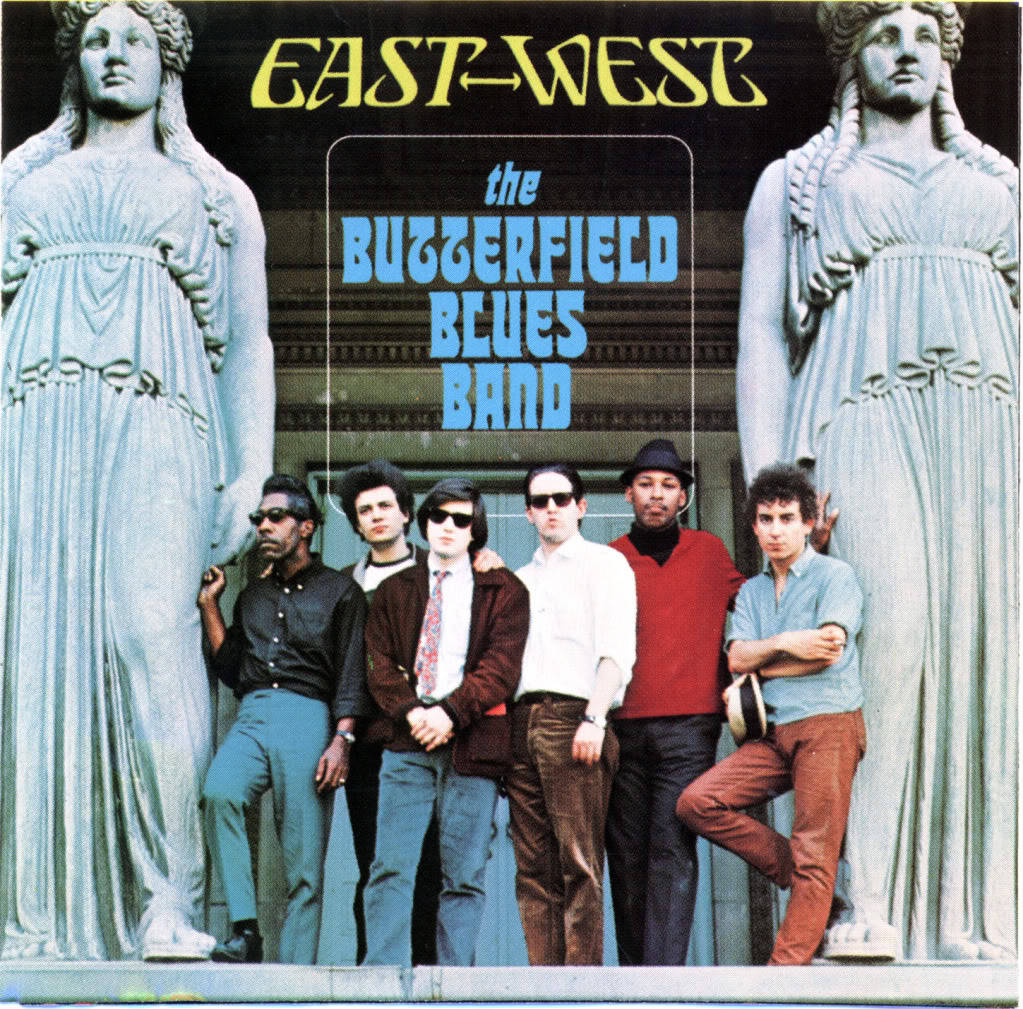Seattle born Johnny Allen Hendrix changed his name as a three year old to James Marshall Hendrix and after being discharged from the US Army on medical grounds, he began his musical career supporting people like Ike and Tina Turner, Little Richard and Curtis Knight. During this process, he became Jimi Hendrix and after being spotted by Animals bass player, Chas Chandler, he was invited to London for some live gigs.
Managed by Chandler, Hendrix recruited Noel Redding on bass and drummer Mitch Mitchell and they soon had a top ten hit single with 'Hey Joe'. Signed to the fledgling Track record label the trio began work on 13 December 1966 on what would be their debut album, Are You Experienced'

The recording sessions took place at De Lane Lea, Olympic Sound and CBS Studios in London and they ended on 3 April 1967. The album was released to critical acclaim on 12 May that year. In particular, it was the guitar playing of Hendrix which caught the imagination as Hendrix played the instrument like no one had ever done before utilising heavy distortion and feedback.
The track listing of the UK and US release differs but as the album was first released in the UK, I intend to focus on that version here.
Foxy Lady
Beginning with a single note guitar run gradually fading in, the song erupts with a howl of feedback and then the distinctive signature riff that introduces the song. Noel Redding claimed that he came up with the chord that closes this opening number.
Manic Depression
Following a London press conference, Chandler is alleged to have told Hendrix that he sounded like a manic depressive. Intrigued by the phrase, Hendrix wrote this song around that idea. Beginning with thunderous guitar chords backed by the manic drumming and cymbal work of Mitchell, this song is in waltz time. But Strauss it certainly isn't!
Red House
Although written by Hendrix, this is probably the most traditional slow blues track on the album and in the whole of Hendrix's career. With a long 12 bar instrumental introduction and with words telling of how his baby doesn't love him any more so he is moving on, it could hardly be more typical of the blues. The song was omitted from the US version of the album allegedly because 'Americans don't like blues'.
Can You See Me
A much more straight forward rock song but once again featuring great guitar playing from Hendrix and some fiery support work from the rhythm section. The guitar sound may well have been influential on a certain Eric Clapton as much of their 1967 album 'Disraeli Gears' utilised a similar sound.
Love Or Confusion
This is about as far removed from conventional blues as it is possible to get as the song merges elements of rock, jazz and psychedelia, all held together by the powerhouse playing of Mitchell and Redding while the guitar of Hendrix soars and swoops like a bird.
I Don't Live Today
Beginning with an almost native American Indian drum pattern, the song is essentially a vehicle for the guitar playing of Hendrix some of which sounds like a ringing sitar. Clearly George Harrison wasn't alone in introducing Indian elements into his music. Towards the end the song fades in and out and features some spoken pieces by Hendrix a trait he would also include in future recordings.
Side two of the album opened with -
May This Be Love
A slower song that was allegedly written by Hendrix for his mother who had died while he was very young. The track was recorded at De Lane Lea on 3 April 1967 and was never played again.
Fire
This rather funky R&B song was recorded at De Lane Lea studios on 11 January 1967 and completed at Olympic Sound on 3 February. The words stem from a visit Hendrix made to the home of Redding's mother's house at Christmas 1966. Freezing, Hendrix asked if he could stand close to the fire but his way was blocked by the Redding's sleeping dog. This resulted in the lyrics, 'Move over Rover and let Jimi take over'.
Third Stone From The Sun
Opening with the slowed down voices of Hendrix and Chandler backed by spacey sounds, this dedication to Earth (the third planet from the sun) has been often cited as one of the earliest examples of jazz/rock fusion. It was recorded at De Lane Lea on 13 December 1966 and finished at Olympic on 3 April 1967.
Towards the end, Hendrix can be heard saying 'You'll never hear surf music again'. One theory suggests that this was directed towards surf music star, Dick Dale who had been diagnosed with cancer and it was said to encourage Dale to fight the illness and recover. He did and later covered this track in gratitude.
Apart from the spoken parts, this track is essentially an instrumental.
Remember
Essentially a 12 bar R&B shuffle, coming after the futuristic sounds of the previous track, this seems almost like a step back in time. Perhaps this was deemed something of a filler on the album as it was never played again.
Are You Experienced
The title track was one of the last recorded, at Olympic Sound Studios on 3 April 1967. Taking a lead from The Beatles' 'Revolver', Hendrix made heavy use of backward guitar parts for this futuristic sounding track. Some of the drum parts were also reversed giving a very distinctive sound to this number.
The album was very well received by the critics and by the UK record buying public upon its release. Curiously despite being American, Hendrix was initially less well received in his native country, perhaps because the US were currently hung up on new phenomenon, The Monkees.
There can be little doubting that Hendrix changed guitar playing for ever and the list of those influenced by him is virtually endless. This album started the ball rolling but sadly the career and life of Jimi Hendrix would be over all too soon.









